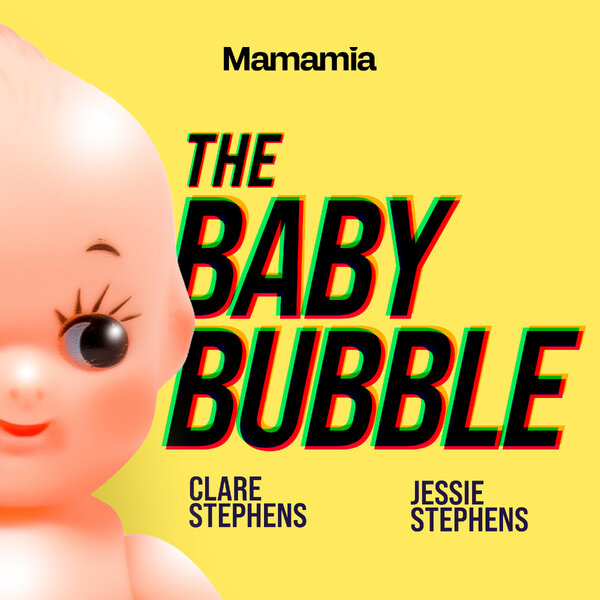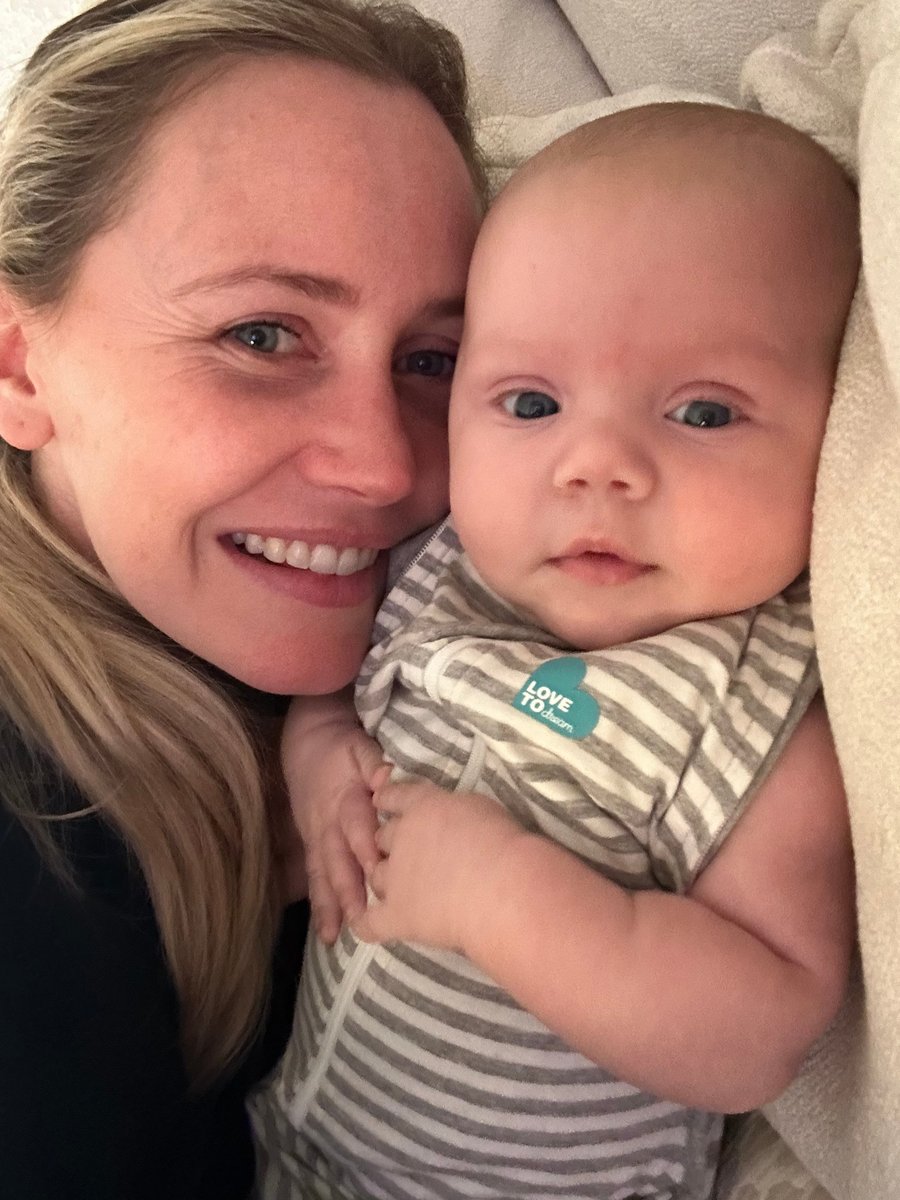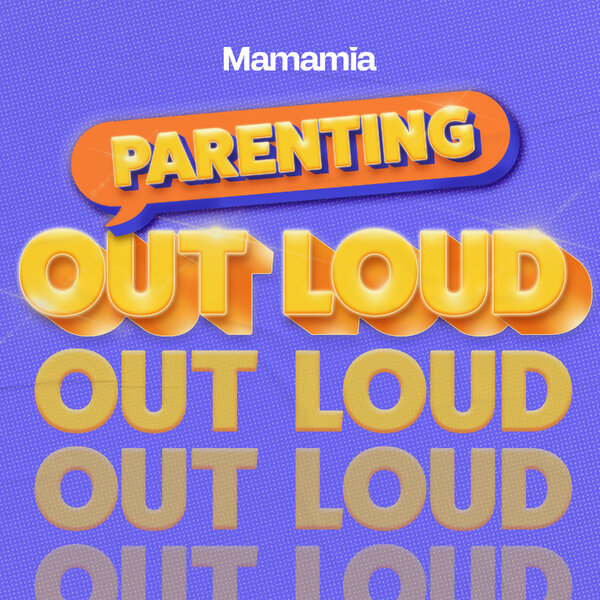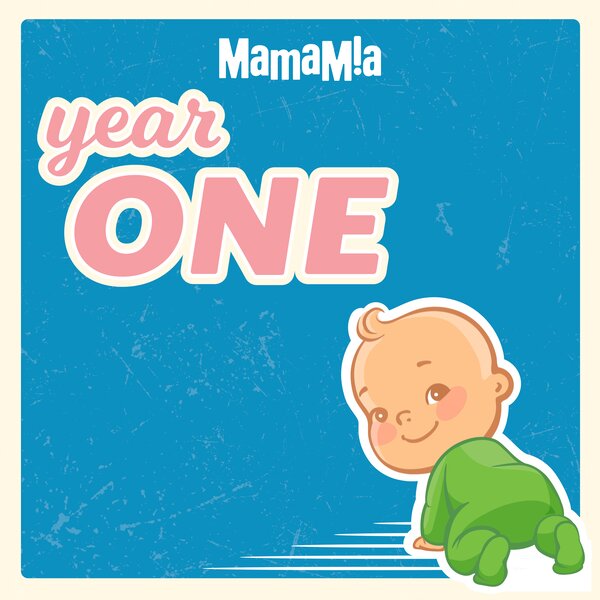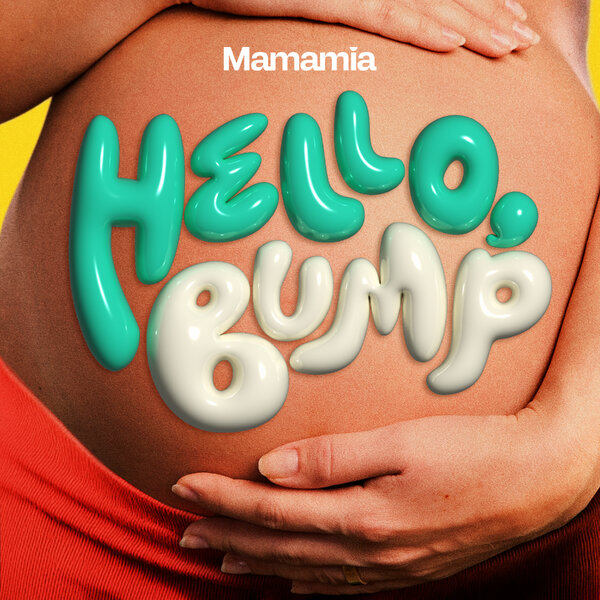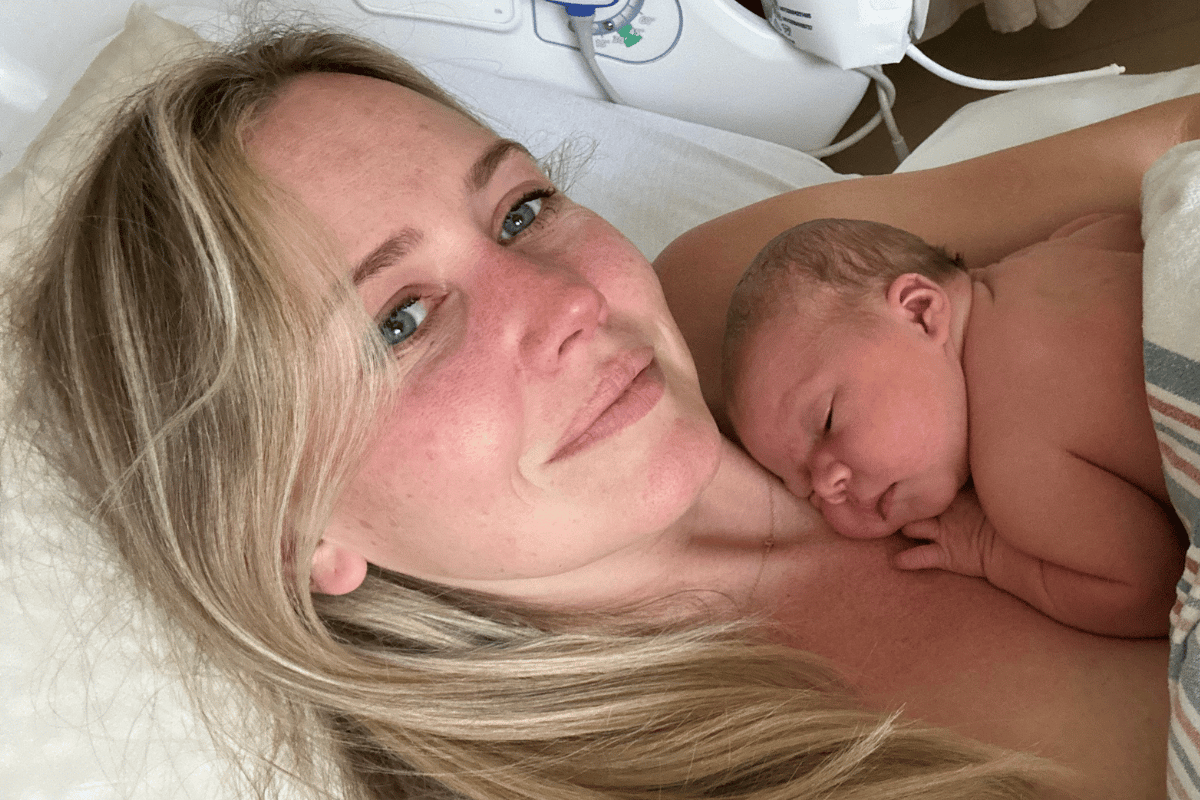
Anna's labour seemed to be going perfectly. After struggling with fertility and undergoing IVF, she was finally about to meet her daughter Camilla. The induction at 39 weeks went smoothly and after 55 minutes of pushing, Camilla arrived safely.
"She came out, was on my chest, and she's always been a really strong baby. She lifted her neck up and kind of we looked at each other and it was just like this amazing moment," Anna told Mamamia's Diary of a Birth podcast.
"Then I looked at my OB and she had a look of concern on her face and I said 'what's going on', like, what's happening?"
What should have been the most joyful moment of Anna's life quickly turned into a medical emergency. She had begun haemorrhaging blood, as medical staff rushed around her. Her placenta had delivered, but her doctor suspected some remained inside.
"I have to actually manually go in and scoop it out," the doctor told Anna.
Listen to the full episode of Diary of a Birth below. Post continues afterwards.
Despite the traumatic scene unfolding around her, Anna's doctor assured her that all placental tissue had been successfully removed. But deep down, Anna's instincts were telling her something different.
The first real sign that something was wrong came with breastfeeding. Despite Camilla latching immediately and seeming eager to feed, Anna wasn't producing any milk — not even colostrum.
"She was crying, crying and crying, and I was like, she's just hungry, like she's really really hungry," Anna remembered. "I just felt helpless because I knew I had lost a lot of blood, so I was really trying to hydrate and do all the things to get it going, but nothing was working."
